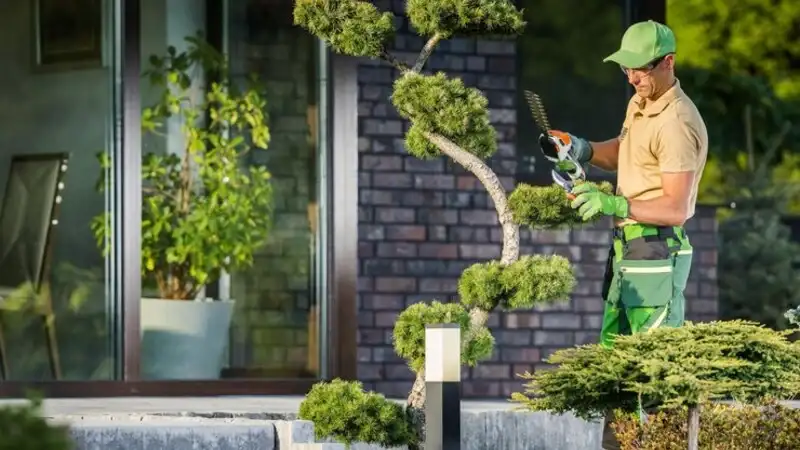In the bustling concrete jungle of urban living, the tranquility and freshness of nature often feel like distant memories. However, a growing trend is changing this narrative by bringing nature directly to our doorsteps through urban gardening. More than just a hobby, gardening in urban spaces offers numerous benefits, from enhancing mental and physical health to contributing positively to the environment.
The Evolution of Urban Gardening
Historical Context
Urban gardening isn’t a new concept. Its roots can be traced back to the victory gardens of World War II when citizens were encouraged to grow their food to support the war effort. Fast forward to the 21st century, and urban gardening has evolved into a sophisticated practice that includes rooftop gardens, vertical gardens, and community plots.
Role of Technology and Community Initiatives
Modern urban gardening owes much of its success to advancements in technology and community initiatives. Innovations such as hydroponics and aeroponics allow for efficient use of space and resources, making it easier for urban dwellers to cultivate their green havens. Moreover, community-driven initiatives and local government programs have spurred collective efforts to transform public spaces into lush, productive gardens.
Benefits of Urban Gardening
Individual Benefits
- Mental Health: Tending to plants has been shown to reduce stress, anxiety, and depression. The act of nurturing life can bring a sense of accomplishment and peace.
- Physical Health: Gardening is a physical activity that promotes cardiovascular health, improves hand strength, and increases overall fitness levels.
- Fresh Produce: Growing your vegetables and herbs ensures a fresh and organic supply, promoting better nutrition.
Community Benefits
- Environmental Impact: Urban gardens contribute to cleaner air, reduction in carbon footprints, and enhanced biodiversity.
- Social Cohesion: Community gardens foster a sense of belonging and cooperation among neighbors, transforming urban spaces into vibrant, communal areas.
- Economic Benefits: Urban agriculture can provide economic opportunities and savings on grocery bills.
Getting Started with Urban Gardening
Choosing the Right Plants and Containers
For beginners, selecting the right plants and containers is crucial. Start with low-maintenance plants like succulents, herbs, and leafy greens. Choose containers that provide adequate drainage and are appropriate for the size of your plants.
Space Optimization
Maximize your space by using vertical gardening techniques, hanging planters, and window boxes. Consider the amount of sunlight your space receives and plan your garden layout accordingly.
Indoor vs. Outdoor Gardening
- Indoor Gardening: Ideal for apartments with limited outdoor space. Use grow lights and indoor planters to create a thriving indoor garden.
- Outdoor Gardening: Utilize balconies, terraces, and rooftops. Ensure you have access to water and adequate sunlight.
Nurturing Your Urban Garden
Maintenance Tips
Regular maintenance is key to a thriving garden. Water your plants according to their needs, prune regularly, and monitor for pests.
Seasonal Care
Adapt your gardening practices to the changing seasons. Use mulch in the summer to retain moisture and cover plants during the winter to protect from frost.
Sustainable Practices
Implement eco-friendly practices such as composting, rainwater harvesting, and using organic fertilizers to maintain a sustainable garden.
The Future of Urban Gardening
Innovative Trends
The future of urban gardening is bright with innovations like smart gardens, which use sensors and automation to optimize plant care. Additionally, custom landscaping such as those in Utah, along with green roofs and living walls, is becoming popular in urban architecture, contributing to sustainable cityscapes.
Role in Sustainable Living
Urban gardening plays a vital role in promoting sustainable living. By growing their food, city dwellers reduce their reliance on industrial agriculture, decreasing carbon emissions and conserving natural resources.
Community Development
Urban gardening initiatives can transform neglected urban areas into productive green spaces, fostering community development and improving quality of life.
Conclusion
Urban gardening offers myriad benefits, from enhancing mental and physical well-being to contributing to environmental sustainability and community cohesion. Whether you have a spacious rooftop or a tiny windowsill, there’s always room to bring a bit of nature to your doorstep.
